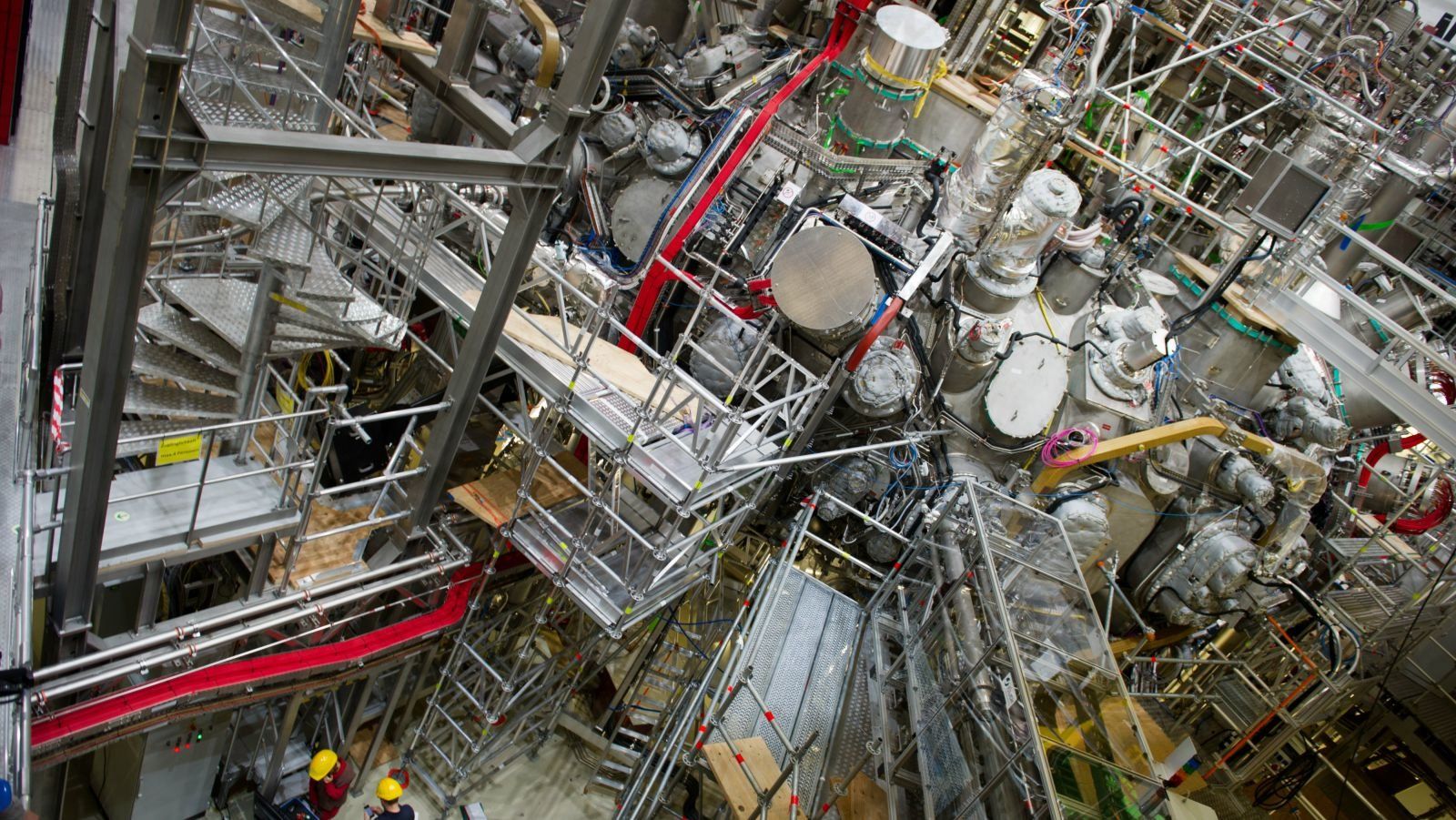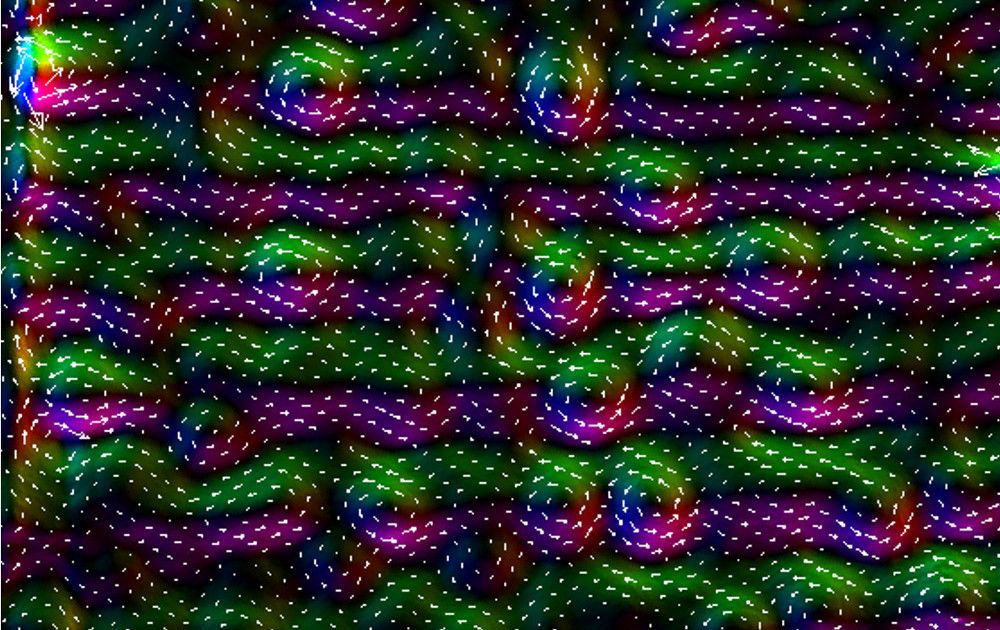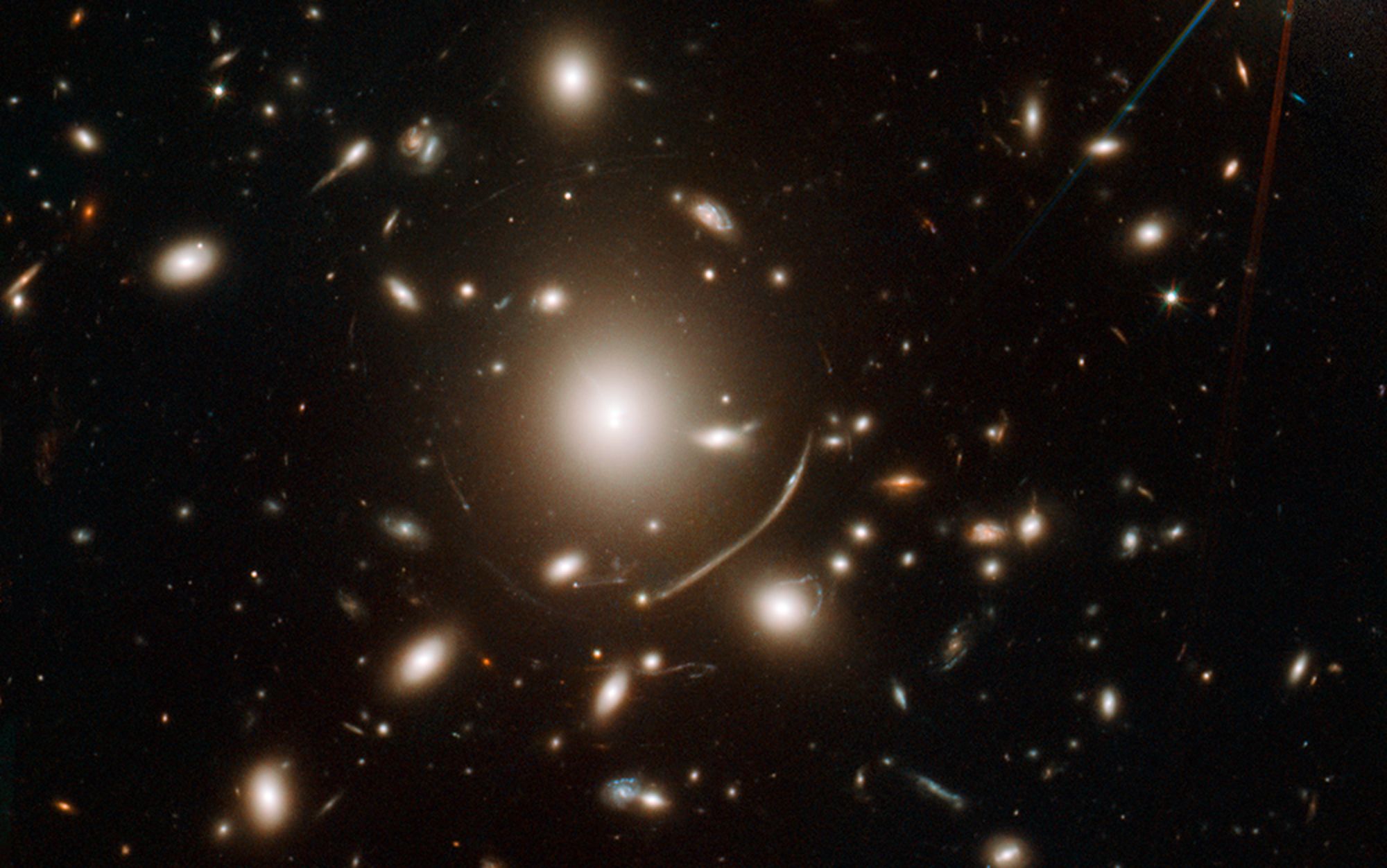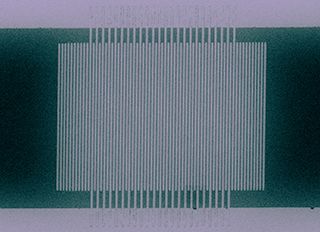Feb 4, 2016
DNA used to assemble nanoparticles into a copy of the crystalline structure of diamond
Posted by Karen Hurst in categories: biotech/medical, computing, materials, nanotechnology, particle physics
Building building diamond lattices through DNA.
Using bundled strands of DNA to build Tinkertoy-like tetrahedral cages, scientists at the U.S. Department of Energy’s Brookhaven National Laboratory have devised a way to trap and arrange nanoparticles in a way that mimics the crystalline structure of diamond. The achievement of this complex yet elegant arrangement, as described in a paper published February 5, 2016, in Science, may open a path to new materials that take advantage of the optical and mechanical properties of this crystalline structure for applications such as optical transistors, color-changing materials, and lightweight yet tough materials.
“We solved a 25-year challenge in building diamond lattices in a rational way via self-assembly,” said Oleg Gang, a physicist who led this research at the Center for Functional Nanomaterials (CFN) at Brookhaven Lab in collaboration with scientists from Stony Brook University, Wesleyan University, and Nagoya University in Japan.




 Did you know that Quantum Theory does not know how probabilities are implemented in Nature? And for that matter neither does any other physical theory. Why? Or why not? The closest Quantum Theory comes to explaining probabilities, is to guess that a particle’s wave function is related to its probabilities. That’s it!
Did you know that Quantum Theory does not know how probabilities are implemented in Nature? And for that matter neither does any other physical theory. Why? Or why not? The closest Quantum Theory comes to explaining probabilities, is to guess that a particle’s wave function is related to its probabilities. That’s it!










